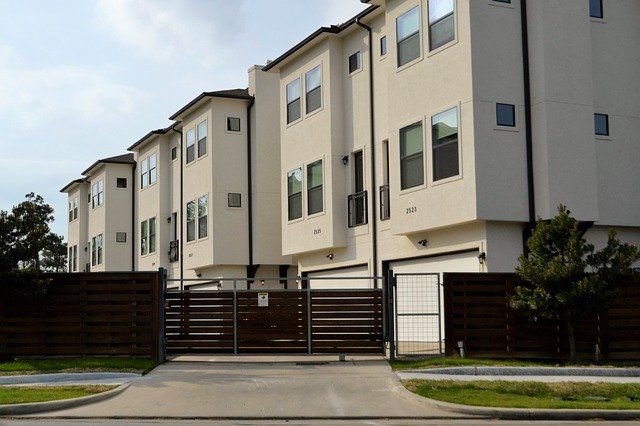Mexico's middle class shrunk 3% to 27.6%
Mexico's middle class was reduced by three percentage points in 2020, the year of the Covid-19 pandemic, to cover 27.6 percent of the population, while poverty advanced 4.1 points.

The middle class in Mexico was reduced by three percentage points in 2020, the year of the Covid-19 pandemic, to cover 27.6 percent of the population, while poverty advanced 4.1 points to cover 24.8 percent, according to World Bank estimates.
The organization does not detail where 55.4 percent of the remaining population is, in what proportion they are "vulnerable" or rich, but it does explain that it considers in poverty those who live a day with an income of fewer than 5.5 dollars, with 2011 purchasing power parity, and in middle class those who do so with a margin of between 13 and 70 dollars per capita.
With the presentation of the report The Slow Rise and Sudden Fall of the Middle Class in Latin America and the Caribbean, the organization reported that the pandemic pushed 4.7 million people from the middle class into vulnerability or poverty in Latin America and the Caribbean.
"The impact is even more dramatic if the effect of a massive and temporary social transfer program in Brazil is excluded from the projections. Without that Brazilian effect, a total of 12 million people in the region lost their place in the middle class in 2020," he added.
The same happened with poverty. There were 400 thousand fewer poor people in 2020, but without Brazil, an estimated 20 million people fell into poverty in 2020, with an additional increase of 1.4 million due to population growth.
"The Latin America and Caribbean region is at a crossroads, the reversal of hard-won social gains risks becoming permanent unless strong reforms are implemented," said Carlos Felipe Jaramillo, World Bank vice president for Latin America and the Caribbean.
The report reports that over the past two decades, the number of people living in poverty in the region halved and the middle class was the largest group in 2018. However, in 2020 that sector fell to 37.3 percent of the population, the vulnerable class grew to 38.5 percent and people in poverty accounted for 21.8 percent.
The agency detailed that social protection programs helped contain the negative impact in the short term, but without an accelerated and inclusive recovery and similar levels of mitigation measures, poverty could grow again in 2021. Ensuring broad access to vaccines, putting in place efficient and effective systems to deliver and administer them, and strengthening health systems across the region will be key to recovery.
The crisis amplified the harmful effects of inequality in Latin America, as more than half of the region's workers, 54.4 percent, operate in the informal sector, and nine out of ten of those living in poverty work in the informal sector. Those who were worse off, to begin with, are likely to be the hardest hit, and this will exacerbate income inequality in an already highly unequal region.
Social protection programs need to be re-evaluated to adjust their scope and incorporate new beneficiaries, the agency added. While transfers have been useful in providing financial security during periods of confinement, at the end of the day they are temporary and may not be enough to prevent a sharp fall in the middle class.




